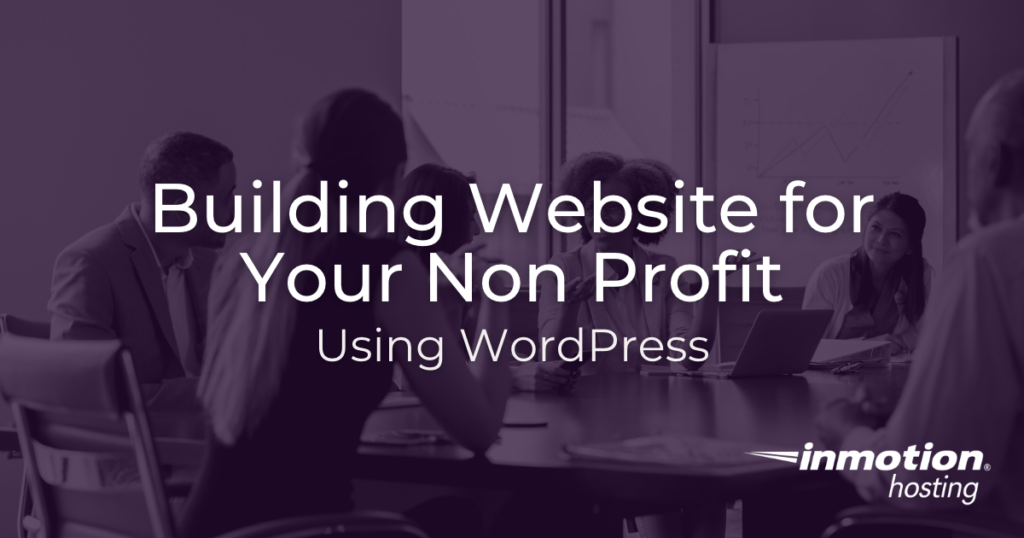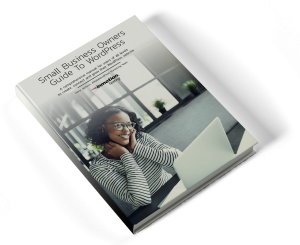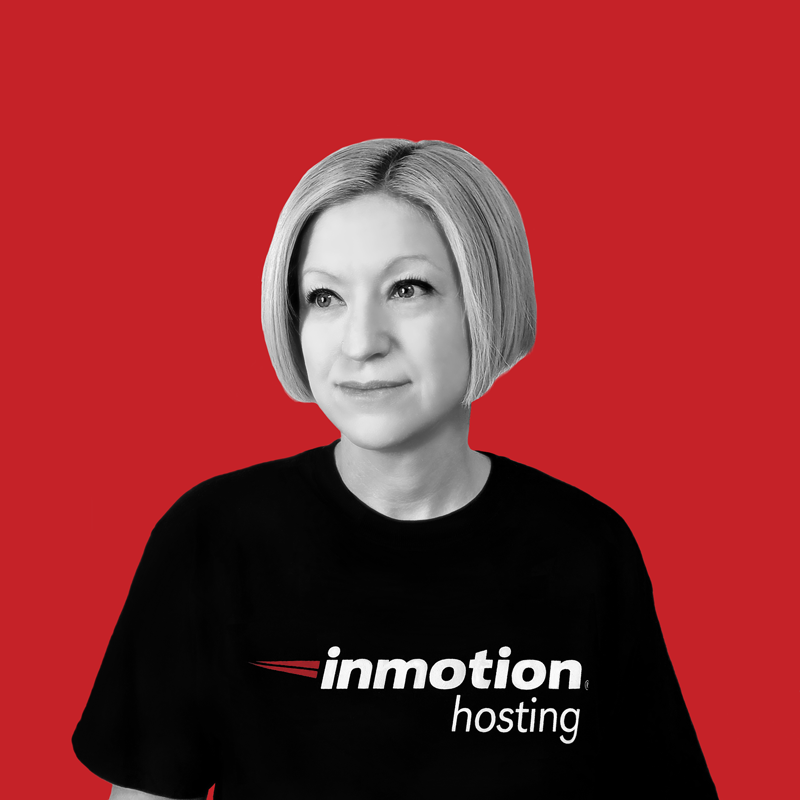
Some of the many questions that arise when building a website for a non-profit revolve around WordPress and WordPress Hosting. As a non-profit, there are many limiting factors that come into play when answering these questions. How much money will it cost, will there be support if or when needed, what is the best hosting plan that will not break the bank?
Rather than hiring a website developer, many nonprofits are beginning to build their own websites. However, the task of building a website can be daunting if you’ve never done it or don’t know how. Luckily, we have this guide to help you build a website that you can be proud to call your own.
WordPress and Why to Use It
WordPress is the world’s largest content management system, and it’s free. It also has a huge reservoir of helpful plugins, themes, forums, guides, etc. Because of the massive amount of options and opportunities available, WordPress is the best way to go when building a website.
I know, some of you may be thinking you need to know how to code or be technically savvy, but that’s not the case anymore. We’ll talk more about this later on, but there is no need to worry if you don’t know how to code.
Make Your Non-Profit Website Plan
So you’ve decided a WordPress site is best for your non-profit but where to start? Before you dive in, you need to have a plan. Without a plan you will have to go back and fix issues or try and retrofit later add-ons; believe me – this will happen. Not only will this happen, but it will waste time and discourage you while building.
So let’s go over some tips to outline your non-profit’s mission, goals, and how visitors can contribute or get involved:
Identify
Why are you building this website? How is it going to help the non-profit? Make sure that you know these answers before starting a website. If you get halfway through a website and decide this really isn’t going to help the non-profit, you will not be getting that time back. When you answer these questions, all your future decisions should support these answers and reflect them. If you need to, write them down on a sticky note and put it right on your computer.
Identity
Who is your non-profit? What are they about? This question should be easy to answer but needs to be written down in your plans. You want to make sure that it’s included on your site.
If you create a great website but visitors don’t really know what the non-profit is and what it’s all about, why would they donate or help out? Simply write out what your non-profit is about, what actions you take, your goals, and make that a priority for your site.
Audience
Who are you trying to attract? Figure out your ideal audience and why they are ideal. You will want to create a website that targets them and that they will want to visit. Making a website for everybody is not the way to go. Trying to please everybody is a surefire way to make sure your website doesn’t reach its intended audience.
Actions
What do you want to be able to do on your site? Obviously, a donate button should be included, but what else? A calendar, for example, is a great way to let supporters know when and where events are and how to join.
This is a time to think about what you want from your visitors. How would you like them to use the site? If you want them to learn more about the non-profit or the cause it’s supporting, make sure that information is clearly visible or easy to find.
Team
Building a website is a big task, and making sure it is handled correctly and efficiently can be frustrating when trying to do it by yourself, especially for an organization. Although many nonprofits are already stretched thin, being able to have coworkers involved in the process is a huge benefit. This may not be possible if the non-profit is smaller in nature or does not have a large workforce, but if you are lucky to have extra hands, minds and eyes, by all means, use them.
Choosing the Right Non-Profit Hosting Provider
You’ve got your plan and you’re ready to move to the next step, hosting.
Web hosting is the act of a company storing and transferring the data for your website, and every website needs it. There are many types of hosting plans, but for a WordPress site, we recommend a WordPress Hosting plan with InMotion Hosting.
Why are these types of plans the best choice? Because they are optimized specifically for WordPress sites and fantastic for organizations. They include support for any questions you may have, and due to the number of plugins available, you are sure to have some questions.
Also included is unlimited email accounts. As a non-profit one of your goals is growing to help more, and with that, you will need more email addresses as you add more employees, volunteers, support, etc.
One of the best features of these plans? The price. With six options to choose from, based on how big you want your site and the amount of traffic it can handle, the prices are unbeatable. As a non-profit, we understand spending an exorbitant amount of money for hosting is not in your plan or budget, which is why we try to offer the most we can for the lowest price. A huge bonus with these plans brings us to our next step in the building process.
The Website Build
This is the part that scares most people. We mentioned at the beginning that there is no need to worry anymore about building a website on WordPress, and we mentioned a bonus with our hosting plans. Our BoldGrid Website Builder is included with all WordPress hosting plans, giving you access to a drag and drop website editor. Not only does this make it easier to design, but you will also still be able to choose a theme for your site, and add additional plugins. Let’s talk about those:
- WordPress Theme – A theme is the general appearance of your site. You will want to view a variety of them in order to find the one that works for you. With WordPress, you can change themes anytime you want, and there are a lot of free ones.
- Responsive Design – Ensure your website is responsive across various devices, prioritizing mobile optimization. A responsive design enhances user experience and positively impacts search engine rankings.
- Intuitive Navigation – Design a user-friendly navigation structure, making it easy for visitors to explore your website. A logical and intuitive layout contributes to longer user sessions and reduced bounce rates.
- WordPress Plugins – Essential plugins include SEO optimization tools, event calendars, donate buttons, contact forms, and so on. Research the plugin you are thinking of using before installing to make sure it’s what you need, works correctly and doesn’t compromise site speed.
After deciding which theme you would like and the plugins to use, it’s time to create and add the content. This is where other input would be most beneficial, especially if this isn’t your forte. Make sure to have a flow with content, you don’t want hard transitions or hard to find links and pages.
Get our Free Step-by-Step Guide to Creating a WordPress Website
Learn the ins and outs of creating a winning WordPress site step-by-step, from start to finish.
Content Creation Tips
- Compelling Landing Page Content – Craft an engaging landing page that succinctly communicates your non-profit’s purpose. Clearly outline your mission, goals, and how visitors can contribute or get involved.
- Keyword-Rich Blog Posts – Regularly publish blog posts incorporating targeted keywords related to your non-profit’s niche. This not only provides valuable information to your audience but also boosts SEO by catering to specific search queries. If you’re new to SEO, check out our SEO for Beginners guide.
- Media-Rich Content – Enhance user engagement with multimedia elements such as images and videos. Optimize media files for web performance to maintain fast loading speeds.
Everybody who visits a website expects a seamless experience. If a visitor perceives that a website is too hard to navigate, they will leave, plain and simple. Don’t be afraid to play around with different settings, styles, colors, views, etc. The more you learn the program the better your website will come out. Have fun with it, enjoy the process as it is rewarding when it is done.
Putting It Together with WordPress Hosting
Now you have a WordPress website and a WordPress Hosting plan to go along with it. That wasn’t that hard, was it? If you still have some questions reach out to our awesome support or check out BoldGrid help articles.
Hosting Optimized for WordPress
Upgrade your WordPress Hosting today with NVMe SSD storage, cPanel, free SSL, email included and save up to $566!
Free Website Builder
Free SSLs
Unlimited Bandwidth

